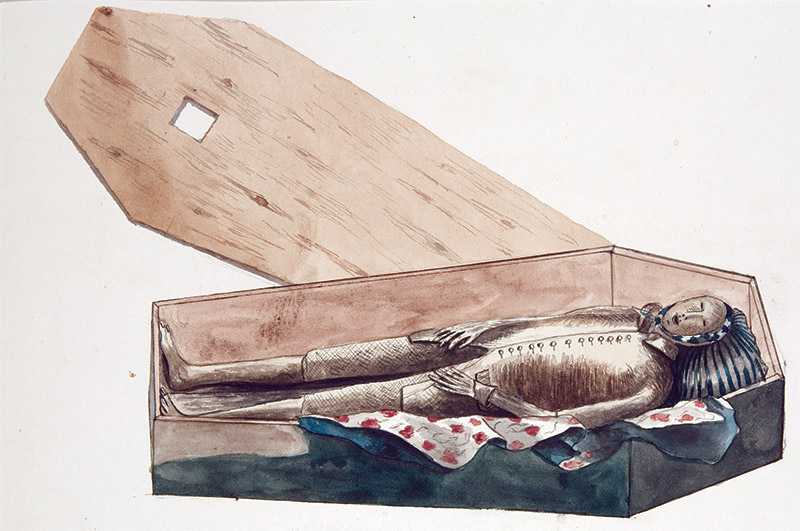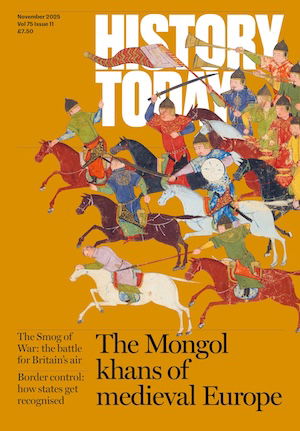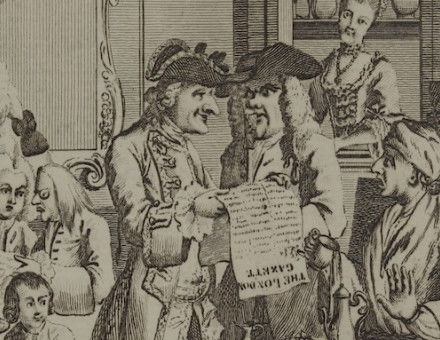New Light on Old Bones
A gory, fascinating and highly original study of changing attitudes to death and dead bodies.
 Death and dead bodies have been an obsession of humans for as long as we have existed. This examination of history’s various disinterments and inspections shows how far perceptions about them have shifted through the centuries. Among the bodies scrutinised are those of King John, Katherine de Valois, Thomas Becket, Henry VIII, Anne Boleyn, Katherine Parr, William Shakespeare and Oliver Cromwell. Each time bodies were dug up, their bones were reinterpreted, the excavators often purporting to reveal new evidence, although assessments were laden with established mythologies.
Death and dead bodies have been an obsession of humans for as long as we have existed. This examination of history’s various disinterments and inspections shows how far perceptions about them have shifted through the centuries. Among the bodies scrutinised are those of King John, Katherine de Valois, Thomas Becket, Henry VIII, Anne Boleyn, Katherine Parr, William Shakespeare and Oliver Cromwell. Each time bodies were dug up, their bones were reinterpreted, the excavators often purporting to reveal new evidence, although assessments were laden with established mythologies.
With this new study, Tomaini presents a highly original way of examining culture. By assessing the ‘reading’ of corpses at particular times of disinterment, she shows how a new layer of complex interpretation was applied by the observer. Complicating this was the fact that, between 1750 and 1850, numerous forgeries and hoaxes made the understanding of any particular corpse problematic. Hair, bones and teeth were frequently ‘found’, notably those of saints. Kings and queens were also of interest to the excavators.
With the venerable Society of Antiquaries at the forefront of disinterment investigations, it became a gentlemanly pursuit. Unlike those inspecting saints for evidence of incorruptibility, these examiners inspected corpses ‘in order to validate supposition about the past’.
An example of this phenomenon can be seen in attempts made by the 19th-century physician W. Pugin Thornton to confirm some bones as those of Thomas Becket. He used the new ‘science’ of phrenology to determine Becket’s intellectual abilities: ‘The rising appearance of the fore part of the skull would show much intellect.’ The larger the frontal skeletal remains, the cleverer a person was deemed to have been. In reality, from bones, only age, gender and mode of death can be determined, but observers were busy interpreting bodies under the umbrella of hagiographies and myths.
A corpse, particularly a female one, could be highly sexualised yet its vitality was cloaked by death. This was the case of Anne Boleyn, dug up as late as 1878. She was seen as the femme fatale of her day, but also a victim of Henry VIII’s cruelty. Her beheading became symbolic of her silencing. Rumours circulated that she was buried with her head tucked under her arm, but this claim was found to be false.
Anne’s supposed quip on the scaffold about how easy her beheading might be because of her ‘lytle neck’ was apparently confirmed by the examiner of Anne’s corpse, Frederick J. Mouat – a fact that was impossible to glean from a heap of bones. Descriptions by biographers of Henry VIII were influential; their descriptions of him as bloated and gluttonous, with a ferocious sexual appetite, were incorporated into myths about how his body had exploded when his remains were reinterred in 1813.
Tomaini concludes that the period between 1700 and 1900 produced a mythology of the dead that was different from previous attitudes to death. This was reinforced after the funeral of Queen Victoria’s consort Albert, with a ‘cult of death’ and a ‘love affair with melancholy’ at their most evident. Bodies from previous centuries were heralded as symbols idealising the superiority of the British Empire that would reposition Britain’s place in the world.
This is a clever, thought-provoking book, providing a new angle on the culture of death. It is a shame the publishers have made it unreasonably overpriced.
The Corpse as Text: Disinterment and Antiquarian Enquiry, 1700-1900
Thea Tomaini
The Boydell Press
253pp £65
Julie Peakman is author of Hitler’s Island War: The Men Who Fought for Leros (I.B. Tauris, 2018).




